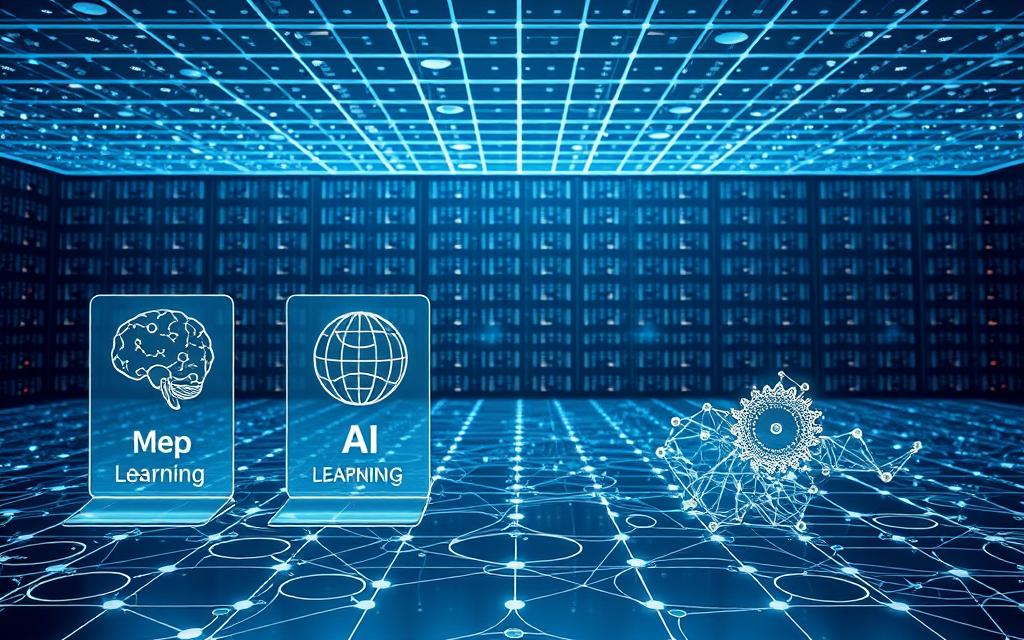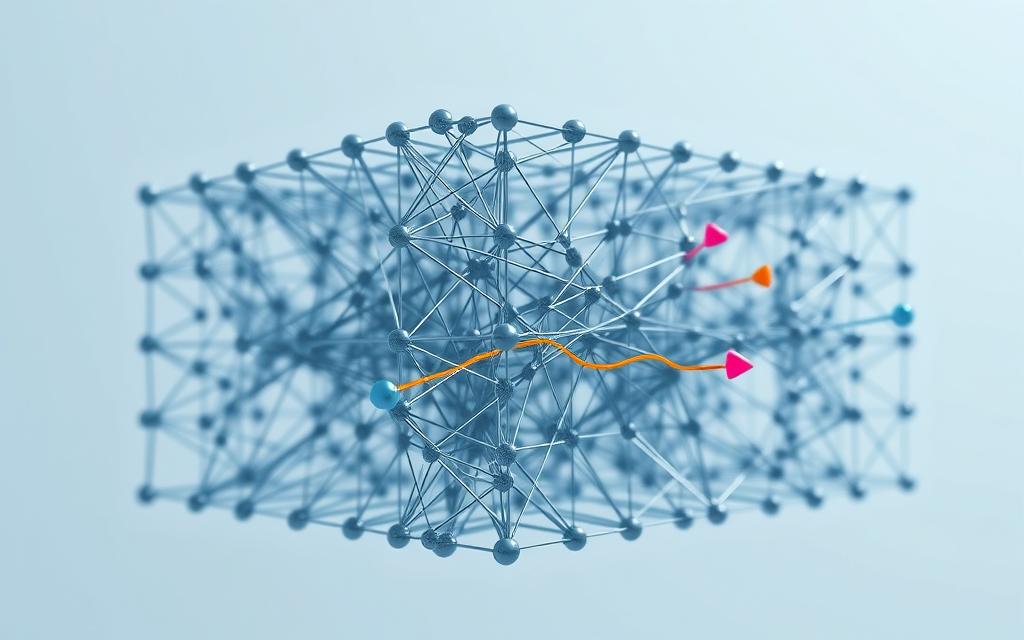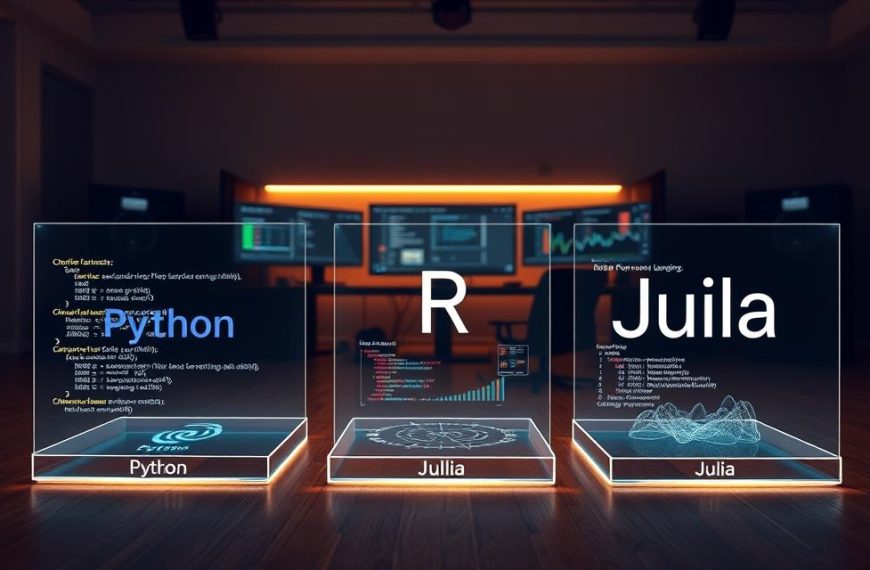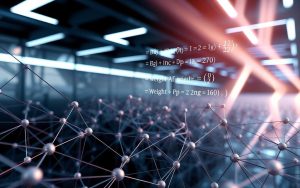Modern technology often uses terms like artificial intelligence, machine learning, and neural networks interchangeably. This creates confusion about their distinct roles. To clarify, these concepts form a hierarchy: artificial intelligence (AI) encompasses machine learning, which in turn includes deep learning. At the core lie neural networks – computational models inspired by biological systems.
These layered frameworks process vast amounts of data to identify patterns. Unlike traditional programming, they adapt through exposure to information. This self-improvement capability drives applications ranging from voice recognition to medical diagnostics.
The relationship between these technologies mirrors Russian nesting dolls. AI represents the broadest concept, with machine learning as its specialised subset. Deep learning operates within machine learning, relying on neural networks to perform complex tasks. Each layer builds upon the previous one, creating increasingly sophisticated systems.
Understanding this structure helps businesses and researchers harness their potential. From streamlining operations to developing predictive tools, these interconnected fields shape industries globally. This guide will unpack their collaboration, historical evolution, and real-world impact.
Introduction to Neural Networks and Machine Learning
Digital transformation relies on systems that mimic human decision-making. At its foundation lies machine learning – a process where algorithms autonomously interpret patterns in data. This approach revolutionises how computers handle tasks, moving beyond rigid rule-based programming.
Breaking Down the Concepts
Machine learning enables software to improve performance through exposure to information. Imagine teaching a child through examples rather than step-by-step instructions. Similarly, these systems refine their logic by analysing input-output pairs, developing internal rules for future predictions.
From Theory to Transformation
The journey began in the 1940s with Warren McCulloch’s biological neuron simulations. Early models like Frank Rosenblatt’s perceptron laid groundwork for today’s multi-layered architectures. Breakthroughs in computational power during the 1980s enabled practical applications, while modern GPUs accelerated complex data processing.
By the 2010s, deep learning emerged as a game-changer. Systems could suddenly recognise speech patterns or identify tumours in scans with unprecedented accuracy. This evolution underscores how theoretical concepts in computer science become transformative tools when paired with sufficient data and processing capabilities.
Fundamentals of Artificial Intelligence and Its Subfields
Everyday technologies like smartphone assistants and fraud detection tools rely on layered computational frameworks. At the top sits artificial intelligence – the science of creating devices that replicate human-like reasoning. This field branches into three categories:

Overview of AI Concepts
Artificial Narrow Intelligence (ANI) handles single tasks exceptionally well. Think of chatbots answering queries or algorithms spotting credit card fraud. These systems process data faster than humans but can’t transfer knowledge between domains.
More advanced concepts like Artificial General Intelligence remain theoretical. AGI would mimic human adaptability across tasks, while Artificial Super Intelligence surpasses human cognitive abilities entirely. Neither exists today, but they fuel academic discussions about ethics and capability limits.
Intersection with Machine Learning and Deep Learning
Practical AI applications depend heavily on specialised techniques. Machine learning provides self-improving algorithms that evolve through exposure to information. For example, recommendation engines analyse user behaviour to personalise suggestions.
Within this framework, deep learning tackles complex pattern recognition. It uses multi-layered structures to interpret images, sounds, or text. Together, these subfields enable:
- Real-time language translation
- Medical scan analysis
- Predictive maintenance in manufacturing
These technologies demonstrate how data-driven approaches create adaptable systems. By combining structured frameworks with continuous learning, developers build tools that reshape industries without human intervention.
How artificial neural network related to machine learning
Computational systems have revolutionised problem-solving by mirroring biological processes. At their core lies a powerful partnership: layered structures inspired by brain functions powering self-improving algorithms. These frameworks form the basis of advanced computational models that evolve through exposure to information.
Understanding the Core Relationship
These computational architectures excel at finding patterns in raw data. Unlike traditional programming, they adjust their internal parameters automatically. This adaptability makes them ideal for tasks requiring nuanced interpretation.
Consider email filtering systems. They analyse thousands of messages to distinguish spam from legitimate correspondence. Through repeated exposure, the system refines its decision-making process without manual updates.
| Aspect | Traditional Systems | Modern Approach |
|---|---|---|
| Pattern Recognition | Rule-based | Self-developed |
| Data Handling | Structured input | Raw, complex input |
| Adaptation Speed | Manual updates | Continuous improvement |
The true power emerges when multiple layers work together. Each tier processes specific features, building towards comprehensive understanding. This hierarchical analysis enables accurate predictions in dynamic environments.
Key advantages include:
- Automatic feature detection from unstructured inputs
- Scalable processing of diverse information types
- Improved accuracy through iterative refinement
These systems demonstrate how biological concepts translate into mathematical frameworks. By combining structural inspiration with statistical methods, they push the boundaries of what data-driven solutions can achieve.
Understanding Neural Network Architectures
Computational frameworks achieve remarkable feats through layered designs. These systems process information using interconnected nodes that mirror biological thinking patterns. Their effectiveness stems from organised structure and specialised components working in harmony.
Exploring Input, Hidden, and Output Layers
The journey begins at the input layer, where raw numbers enter the system. Each node here represents specific data features like pixel values or temperature readings. This tier acts as a reception desk, passing information deeper into the framework.

Hidden layers form the analytical engine. Multiple tiers here enable complex pattern detection – simple features combine into sophisticated interpretations. More hidden tiers allow recognition of intricate relationships within datasets.
Final results emerge through the output layer. This tier translates processed data into actionable insights, whether classifying images or predicting stock trends. Its format depends on task requirements, using different node configurations for varied outcomes.
Role of Activation Functions
These mathematical gatekeepers decide which neurons fire signals forward. Without them, systems would produce linear outputs unsuitable for real-world complexity. Popular variants include:
| Function | Use Case | Advantage |
|---|---|---|
| ReLU | Hidden layers | Prevents saturation |
| Sigmoid | Binary decisions | Probabilistic outputs |
| Tanh | Classification | Negative values handled |
Weights and thresholds work with these functions to control processing flow. During training, adjustments optimise these parameters. This dynamic enables frameworks to evolve their decision-making capabilities through repeated exposure.
Understanding these architectural elements reveals how raw input transforms into meaningful output. The combination of layered analysis and mathematical gatekeeping creates adaptable systems that improve with experience.
Deep Learning: The Evolution of Neural Networks
Modern computational breakthroughs stem from layered analytical frameworks that self-optimise through exposure to information. These advanced systems build upon traditional approaches by developing multi-tiered processing capabilities. Their capacity to handle intricate patterns revolutionises fields from medical imaging to autonomous vehicles.
Importance of Layer Depth in Models
Deep learning derives its power from vertical complexity. Systems with four or more processing tiers uncover relationships invisible to simpler structures. Initial layers might detect edges in images, while subsequent tiers recognise shapes or entire objects.
This hierarchical approach mirrors human cognition. Each level combines simpler features into sophisticated concepts. More tiers enable:
- Interpretation of ambiguous inputs
- Adaptation to evolving data patterns
- Reduced manual feature engineering
Backpropagation and Gradient Descent Methods
Training these multi-layered frameworks requires sophisticated error correction. Backpropagation calculates mismatches between predictions and actual outcomes, working backwards through tiers. This process identifies which connections need adjustment.
| Method | Function | Impact |
|---|---|---|
| Gradient Descent | Weight optimisation | Reduces prediction errors |
| Backpropagation | Error distribution | Enables multi-layer training |
Together, these techniques allow models with hundreds of layers to refine their decision-making processes. Continuous refinement through training cycles creates systems that improve with experience, much like human skill development.
The Role of Machine Learning Models and Data Processing
Effective computational systems begin with well-prepared information. Before any analysis occurs, raw data undergoes rigorous transformation. This stage determines whether models deliver accurate insights or flawed assumptions.

Data Preparation and Feature Extraction
Traditional systems rely on human expertise to identify meaningful patterns. Experts manually select characteristics like product prices or customer ages. This approach works for structured data but struggles with complex inputs like social media posts.
Modern frameworks automate this critical step. Layered architectures scan raw inputs, detecting subtle relationships without guidance. For instance, image recognition systems learn edges and textures before identifying entire objects.
| Approach | Feature Handling | Data Requirements | Human Effort |
|---|---|---|---|
| Classical Systems | Manual selection | Structured formats | High |
| Advanced Frameworks | Automatic discovery | Unstructured sources | Low |
Preparation techniques ensure training data quality. Common steps include:
- Removing duplicate entries
- Scaling numerical ranges
- Handling missing values
These processes enable learning algorithms to focus on genuine patterns rather than noise. Larger datasets particularly benefit automated systems, as they provide more examples for refining internal parameters.
Quality inputs directly impact prediction reliability. A well-prepared dataset allows models to generalise effectively, while poor preparation leads to skewed outcomes. This principle holds true across industries, from finance to healthcare.
Comparing Traditional Machine Learning and Deep Learning Approaches
Organisations face critical choices when selecting analytical tools for data-driven challenges. The divide between conventional techniques and advanced frameworks hinges on how systems uncover patterns – through human guidance or autonomous discovery.
Manual Versus Automated Feature Extraction
Traditional approaches like linear regression demand meticulous feature engineering. Experts manually identify variables – customer age or product price – shaping a model’s inputs. This works for structured spreadsheets but falters with complex formats like voice recordings.
Deep learning revolutionises this process through layered architectures. As highlighted in IBM’s comparative analysis, these systems automatically detect meaningful patterns in unstructured data. Image recognition models, for instance, learn edges before identifying entire objects without human intervention.
Key distinctions emerge:
- Training efficiency: Conventional methods excel with smaller datasets
- Interpretability: Simpler algorithms offer transparent decision paths
- Scalability: Deep frameworks handle 80%+ unstructured enterprise data effectively
While traditional techniques suit budget-conscious projects, deep architectures power breakthroughs in language processing and fraud detection. The choice hinges on data complexity, resources, and desired outcome precision.










